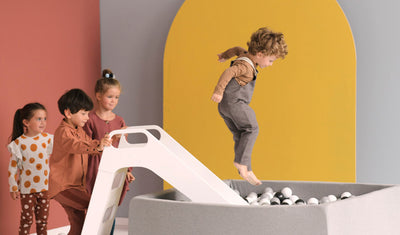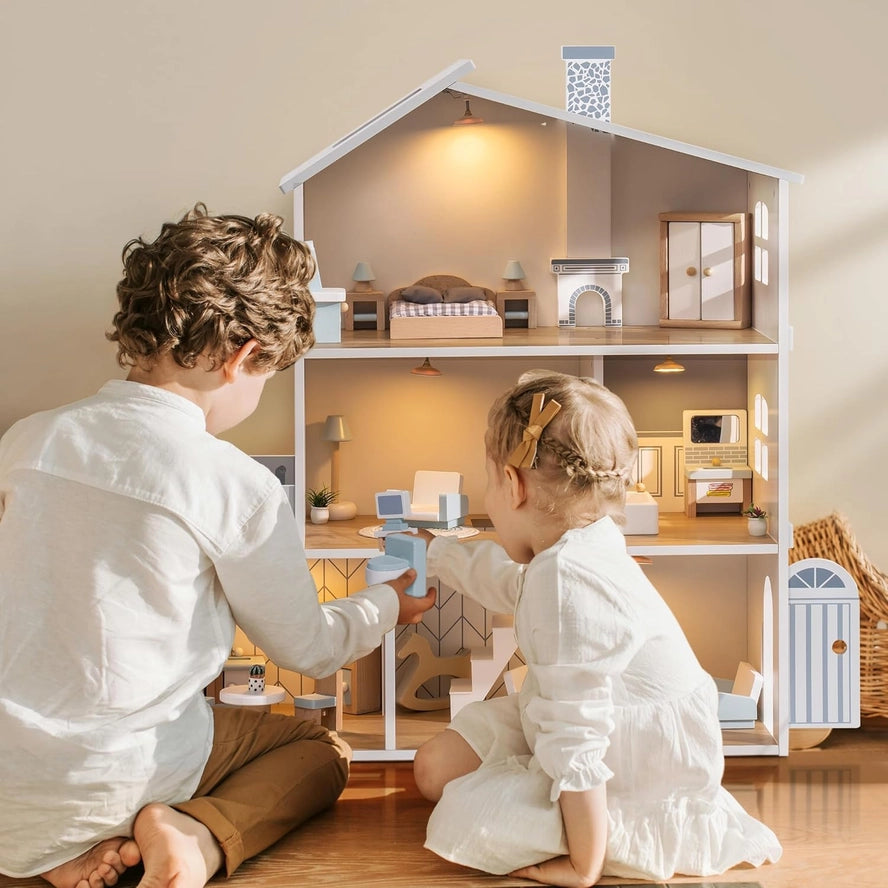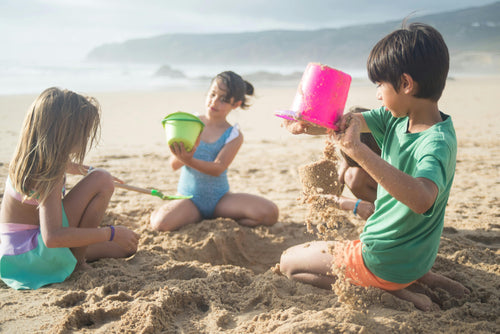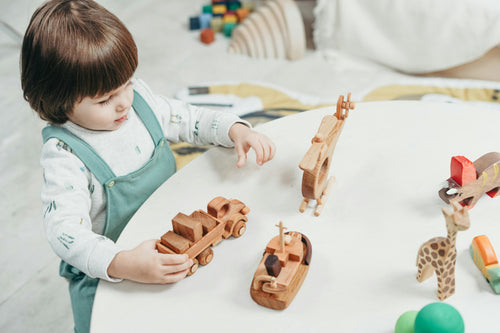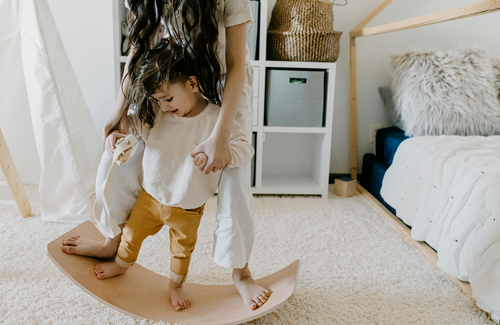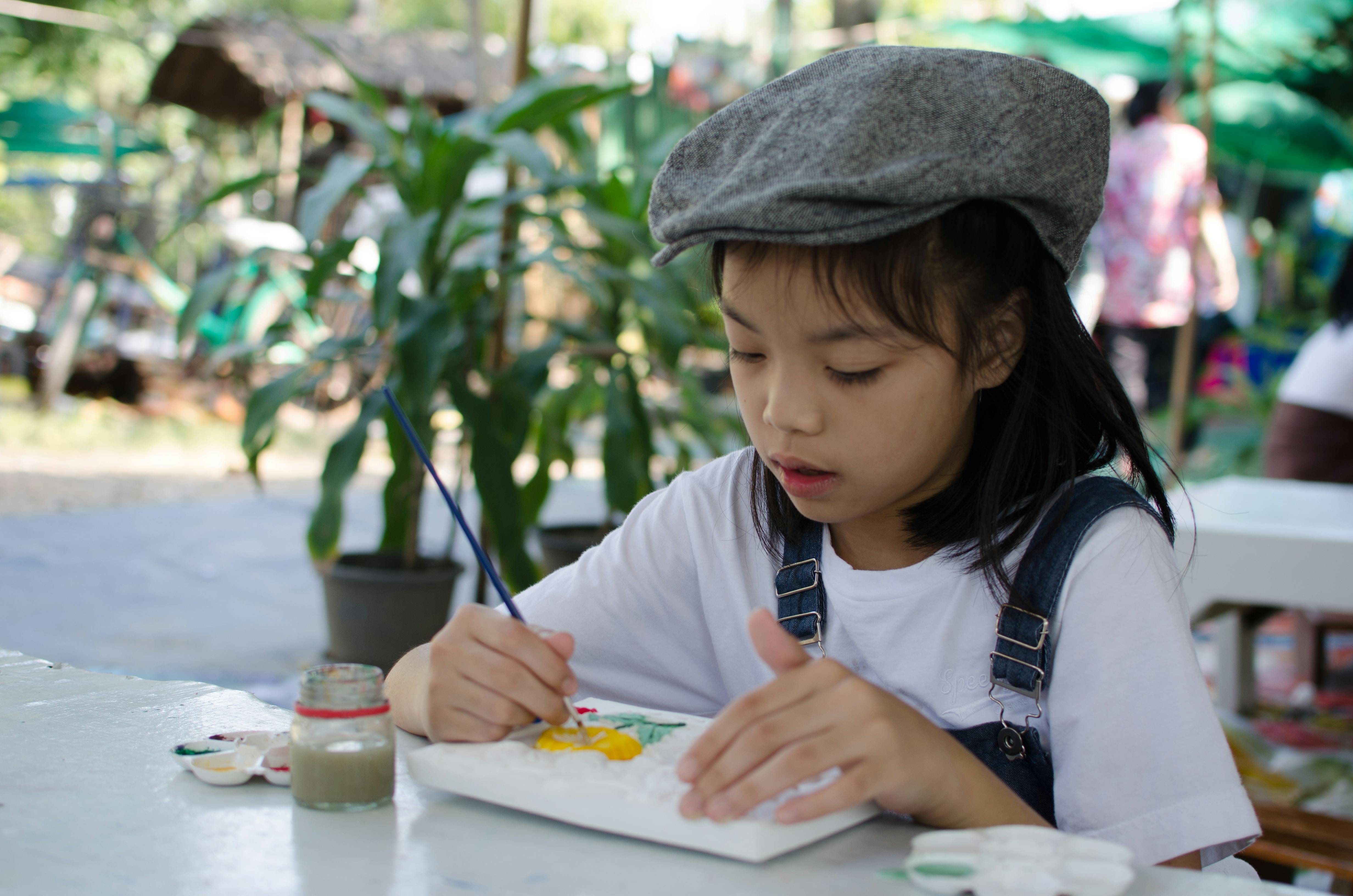
Creativity in Children: How to Encourage and Nourish Your Little Artist's Imagination
Creativity is a fundamental aspect of child development, opening the door to self-expression and cognitive development. Encouraging creativity in young children can help them become innovative thinkers and effective problem solvers. This article explores various methods and activities to stimulate children's imagination and motor skills at different stages of development, from toddlers to school-age children, from simple DIY projects to more complex activities.
Developing Creativity in Toddlers
From the first few months, babies can begin exploring the creative world through activities that stimulate their senses and fine motor skills. Encouraging creativity at this early stage can be done in a fun and safe way.
Simple sensory activities: Introduce games that involve varied textures, bright colors, and sounds. Play mats with different types of surfaces and colorful mobiles are excellent for stimulating babies' sensory curiosity.
Object manipulation: Provide safe toys that babies can hold, shake, or beat, such as rattles or small drums. These tools not only entertain children but also develop their ability to grasp and manipulate objects, which is crucial for fine motor skills.
DIY Kits for Toddlers: While babies may be too young for complex projects, age-appropriate kits can help them engage in creative activities. For example, non-toxic play dough kits or chunky beginner crayons are perfect for little ones to begin expressing their creativity in tangible ways.
These activities are not only fun but also serve as a foundation for developing more complex creative skills as children grow.
Creativity in preschool children
Preschoolers are naturally curious and energetic, making it the perfect time to introduce more structured creative projects that stimulate both their imagination and motor skills.
Suitable creative projects: Encourage children to participate in painting, collage, and modeling activities. Using finger paints, child-safe scissors to cut out shapes, and modeling clay can help develop their dexterity while allowing them to freely express their ideas and emotions.
DIY kits and activities: DIY kits designed for preschoolers, such as mask-making kits, simple jewelry kits, or small craft kits, can guide children through the creative process with a little more structure. These kits encourage not only creativity but also the ability to follow instructions and work toward an end goal.
Project Benefits: In addition to stimulating creativity, these activities help children understand the concepts of cause and effect and sequencing. They also strengthen problem-solving and critical thinking skills, which are essential for their overall development.
Fostering creativity in school-aged children
As children grow and enter school, it is important to continue to nurture their creativity with projects that further challenge their imagination and thinking skills.
More complex projects: Introduce projects that combine creativity with academic skills, such as creating picture books, simple science projects, or puppet theaters. These activities allow children to connect creativity with learning and see the concrete results of their imagination.
Creative integration into education: Encourage teachers and parents to integrate elements of creativity into traditional subjects, such as math or science, for example, by using educational games or group projects that require inventive thinking.
Fine Motor Skills Development: Projects that require precision and attention, such as advanced modeling, detailed painting, or even assembling small mechanisms, are excellent for developing fine motor skills. They also help sharpen children's concentration and patience.
Role of parents and educators
Parents and educators play a crucial role in developing creativity in children. Here are some tips for creating an environment that nurtures imagination:
Create a dedicated space for creativity: Set up a creative corner in your home or classroom where children can freely access materials to create whenever inspiration strikes.
Encouragement and support: Encourage children's creative efforts, regardless of the results, and provide regular opportunities for them to explore different forms of artistic expression.
Exposure to Diversity: Expose children to diverse forms of art and culture to stimulate their imagination and broaden their understanding of the creative world.
Encouraging creativity in children is essential for their emotional, cognitive, and social development. By incorporating creative activities into their daily lives, you provide children with the tools to explore and understand the world in a way that enriches their imagination and independence. The benefits of creativity are far-reaching and long-lasting, helping to develop well-rounded and innovative individuals.

